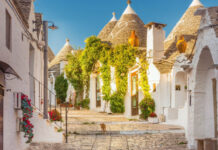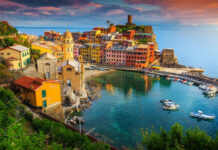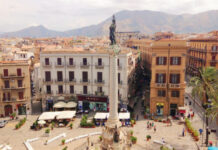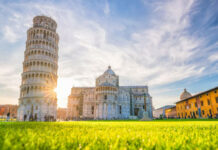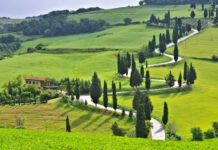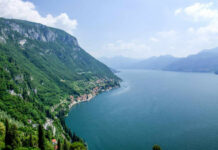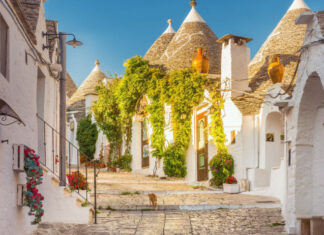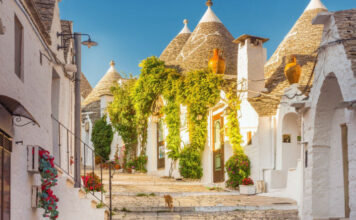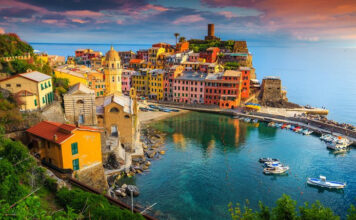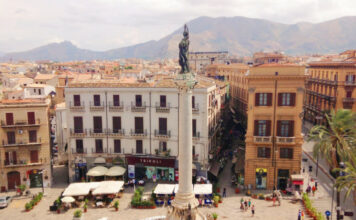Italy tops European travel lists for good reason.
Landmarks that shaped Western civilization mix with postcard-perfect towns and food cultures that spoiled everyone else’s tomato sauce forever. There’s ancient stuff everywhere you look – crumbling amphitheaters next to espresso bars – plus coastlines that make you want to quit your job and open a lemon grove.
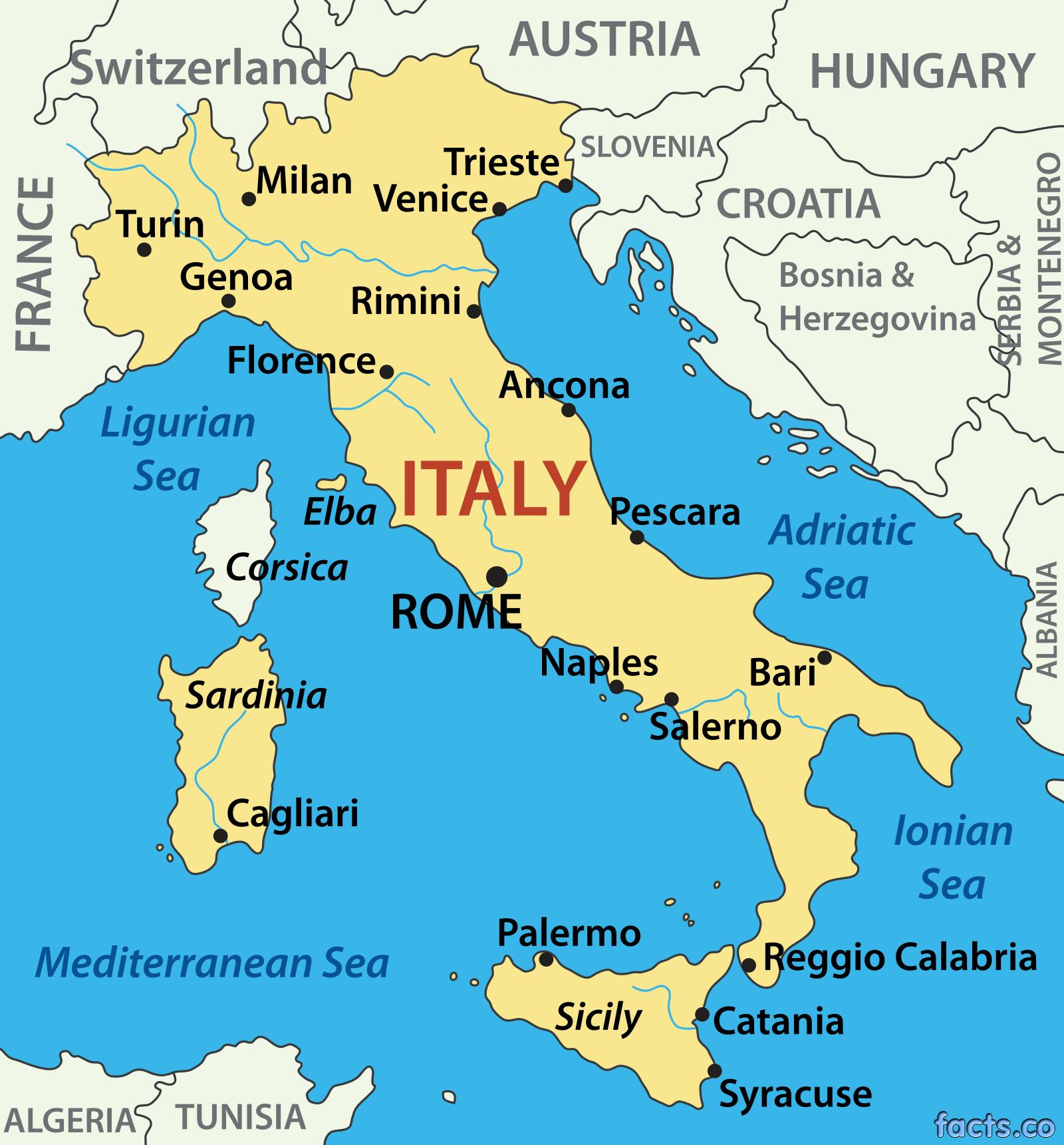
But here’s the thing – first-time visitors often freeze up planning it all. Too many UNESCO sites competing with too many pasta shapes and regional train schedules that work on Italian time – which isn’t exactly Swiss precision. Budgets stretch thin between accommodation in tourist hubs and those “quick” side trips to places you suddenly realize require ferries.
This guide cuts through the confusion basically. Tried-and-tested routes from recent travelers balance must-see icons with underrated spots that won’t drain your wallet or sanity – think Florence’s art overload versus Bologna’s quieter medieval vibes. Transportation hacks like regional passes that actually function – plus when renting a car makes sense versus getting trapped in ZTL camera zones.
Oh and food rules – nobody tells you about the €4 cappuccino fines if you order one after 11 AM but we will – along with how to spot tourist trap restaurants versus family-run joints worth the line. All served up straight – no fluff – just what works on the ground right now.
Anyway – key takeaway? Italy rewards preparation but punishes overplanning – leave room for getting lost in those cobblestone alleys that don’t show up on Google Maps yet somehow lead to the best focaccia of your life.
When should I go to Italy?
The thing is Italy works year round really. Every season’s got its own vibe honestly. Spring and fall though – that’s when you want cities and food stuff. Weather’s usually just right not boiling hot plus all the trees and flowers pop off. Downside is crowds get wild around popular spots like Rome Florence Venice you know prices jump too especially for hotels and tours basically.
Summer’s brutal heat wise coasts blow up with locals escaping the city heat. Cities empty out but beaches get packed expensive as heck August being peak chaos time anyway big festivals happen then like Siena’s Palio where they race bareback horses around the square super intense or Spoleto’s arts fest with musicians dancers all over the place crowds love it apparently.
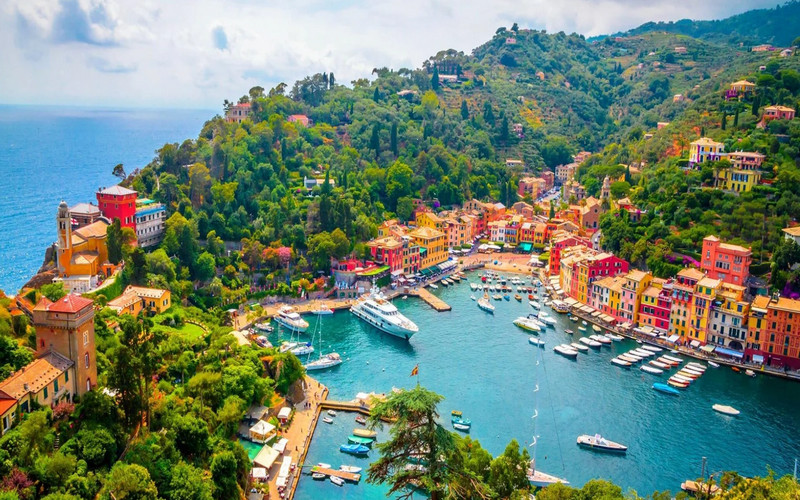
Winter’s chill except ski towns obviously cold rainy sometimes but man you get museums almost to yourself hotel deals everywhere perfect if you hate lines and just wanna wander slowly oh and cities feel quieter more local somehow meals take longer shops might close early but that’s part of the charm I guess. Key thing is match your priorities weather crowds costs whatever floats your boat basically every month has something going for it if you plan around what you care about most ya know.
How much time do I need to visit Italy?
To fully experience Italy’s iconic cities – Rome Florence Venice – plan for two to three nights minimum in each spot. Truth is that duration won’t cover every attraction but allows walking tours major landmarks plus absorbing local atmosphere properly. You know how these places work – rushing ruins the vibe.
Travelers comfortable with faster pacing can hit key highlights within 10 days roughly. Think two nights Venice three Rome maybe single days for Bologna Pisa Naples squeezed between them. Obviously this approach requires frequent transitions between locations – trains taxis early checkouts involved. Not relaxing but efficient if ticking boxes matters most.
Alternatively just pick one region and dive deep. Southern Tuscany paired with Umbria makes sense over seven days – hill towns vineyards slow road trips work there. Or Sicily’s southeastern baroque cities like Noto Ragusa where three nights let you explore properly without constant packing. Slower itineraries often reveal details guidebooks miss anyway.
Oh and when structuring trips remember logistics matter as much as sights. Crowds peak season affect everything from ticket lines to restaurant waits so build buffer time into urban days especially. Countryside stays tend more flexible but transport options shrink outside cities. Basically balance ambition with reality checks about transit times energy levels local holidays etcetera.
Pro tip – mix structured bookings with unplanned blocks for spontaneous discoveries. Over-scheduling kills the joy of stumbling upon that perfect family-run trattoria or hidden chapel fresco everyone overlooks.
Is it easy to get in and around Italy?
Italy’s air access works smoothly with global flights landing daily. Rome Fiumicino – also called Leonardo da Vinci – and Milan Malpensa handle most international traffic. Other busy ones? Venice Marco Polo, Pisa International – great if hitting Florence or Tuscany – plus Naples and Sicily’s Catania airport.
Moving around Italy’s pretty smooth too. Up north you got trains and buses running everywhere. Ferry routes connect loads of Mediterranean spots to Italian ports too no problem.
Once there your options open up even more. Between big cities or coastal routes? Trains usually win. Buses do better up in mountain zones and those hilly inland parts. For villages or countryside exploration? Rent wheels for sure no question there. Big cities generally have decent public transport – though honestly most historic centers are walkable once you’re there pack comfy shoes obviously.
Oh and don’t stress over schedules too much unless heading somewhere remote regional links cover most bases these days just double-check timetables in advance sometimes they shift around without much warning you know how it goes.
How much money do I need for Italy?
Italy’s got that famous beauty thing going on but let’s be real – it ain’t exactly cheap for travelers. Hotel prices swing wild depending where you go and when you show up. Tourist hotspots? Those rates go through the roof during peak seasons. Thing is though, planning ahead makes all the difference here. Skip the summer crowds and suddenly those agriturismo farm stays start looking real tempting at like 40 to 80 euros a night for a double room.
Museum tickets hit different too – we’re talking 10 to 20 bucks just to walk through some doors. But here’s the kicker – eating doesn’t have to murder your wallet if you play it smart. Ditch the fancy spots by the Colosseum and find that little trattoria where locals actually eat. You’ll get better pasta anyway.
A day’s budget kinda breaks down like this..
Coffee standing at the bar? That’s your cheapest thrill at about 1 euro and change. Mid-range dinner runs 25-35 euros if you’re doing courses and wine. Speaking of vino – house pours go for 5-8 euros a glass which isn’t bad really.
Transport’s got some curveballs though. Rome’s metro only gives you one ride for that 1.50 euro ticket which feels kinda stingy. But then you look at Florence-Rome trains hitting 55 euros and suddenly buses don’t seem so bad.
The trick comes down to mixing cheap eats with strategic splurges. B&Bs can run 60-140 nightly but split that between two people and it softens the blow. Basically avoid summer, book trains early, and drink your espresso like a local – standing up at the counter.
Yeah Italy’s pricey but manageable if you balance things out. Skip the August madness, hit up agriturismos in Tuscany, and save your museum days for free entry Sundays. Works every time.
